Hidden History – Fame at Last
Fame at Last | Henry Abbot’s Story | The Vicar’s Story
The Lord of the Manor’s Story | The Shoemaker’s Story | The Story of the Buildings
Fame at Last
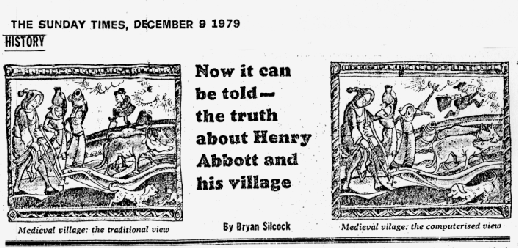
In 1979 the Sunday Times carried an article about a research project based on the documentary records of Earls Colne
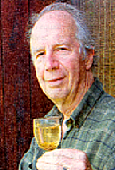
Dr Alan Macfarlane and his team had discovered that the documents relating to the village were more complete, and covered a longer continuous period, than those for almost any other small community in the country.
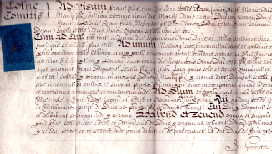
The documents from local and national archives were collected, transcribed and entered on one of the main-
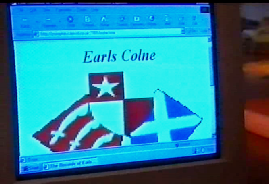
They are now on a web site and used by students of social history all over the world.
HENRY ABBOTT’S STORY
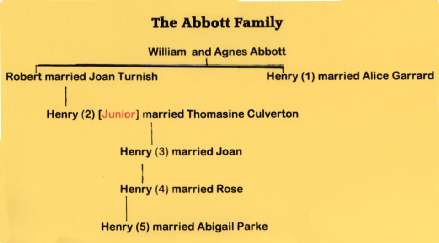
As the Sunday Times report suggested, the Abbott family became one of the ‘stars’ of the project. From fairly humble origins as linen drapers they rose to become the well-
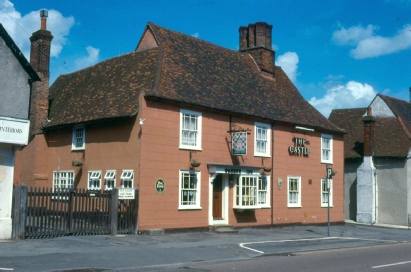
For three generations their home was the building which later became The Castle Inn
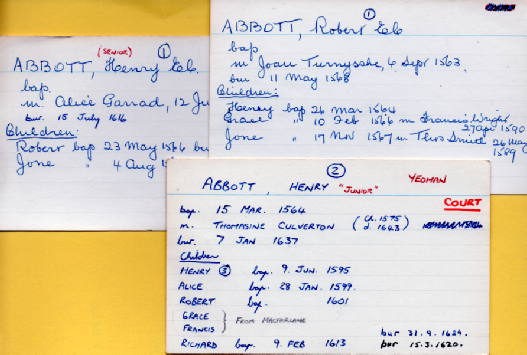
The Henry Abbott whose potted biography features in the Sunday Times article holds the record number of Court appearances by any Earls Colne Resident.
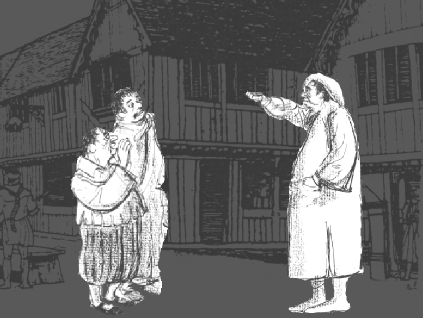
After one crime spree, he was ordered to do community service as a night watchman. Henry not only failed to carry out the order but came out into the street in his night-
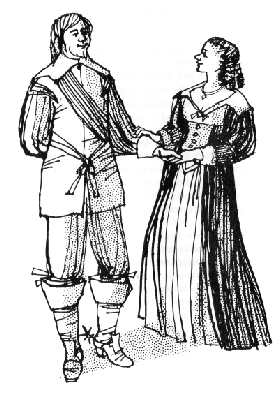
Henry’s fortunes took a turn for the better as a result of an arranged marriage with Thomasine Culverton, who had inherited a large amount of land when she was orphaned at the age of six.
THE VICAR’S STORY
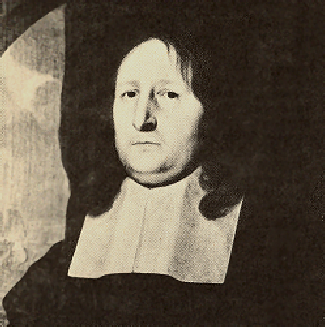
It was Henry Abbotts grandson and namesake who became a thorn in the flesh of the Revd Ralph Josselin when he became Vicar of Earls Colne in 1682
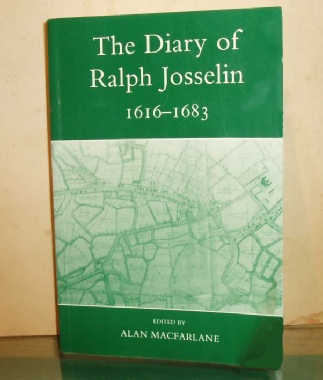
Alan Macfarlane’s interest in the history of Earls Colne began when he edited the first complete edition of Ralph Josselin

Along with a growing number of village families, the Abbotts had left the Church of England to join the Quakers. When they built their Meeting House in Burrows Road, Ralph Josselin tried to sound unconcerned in his diary entry for Christmas Day 1974
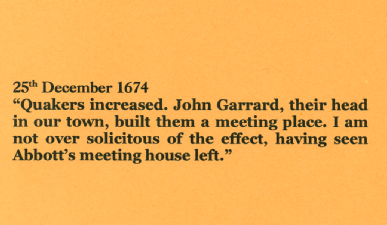
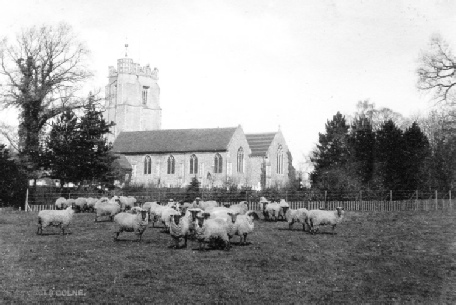
St Andrew’s Church, Earls Colne
As the son of a farmer, Ralph Josselin gradually acquired considerable amounts of land, including fields which have become the Colne Valley Golf Course.
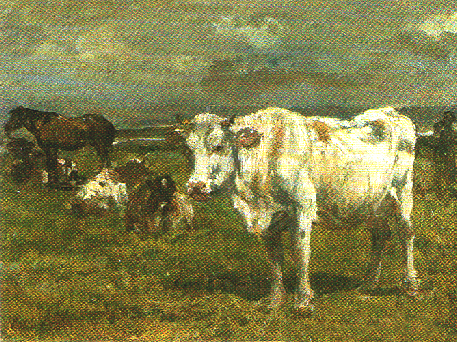
Although Henry Abbott was a ‘lost sheep’ as a Quaker, Ralph could still do business with him as one farmer to another. He loaned Henry a bull for his cows and received an unexpected gift of £5 for his kindness.
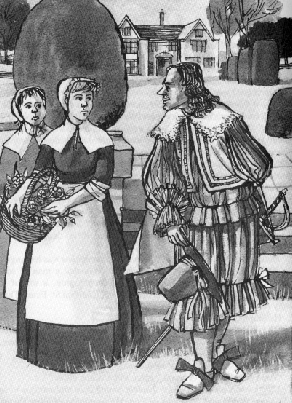
It seems that the Vicar was also asked to negotiate a possible marriage between members of local families, as Ralph records in 1676
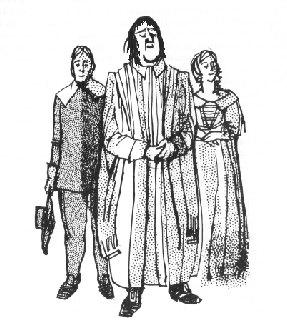
Ralph also did his best to find husbands for his own daughters, but a Mr Smith from London was rejecte by his eldest daughter, Mary. Two months later, Mr Smith was back in Earls Colne hoping for more success with her sister Elizabeth and their father was eventually relieved to report: ‘Aftr some difficulties to me on both ands, Mr Gilbert Smith and my daughters Elizabeth married by my hand.’
THE LORD OF THE MANOR’S STORY
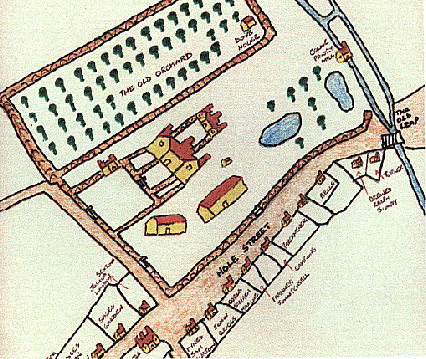
During his time in Earls Colne, Ralph Josselin worked closely with the Lord of the Manor Richard Harlackenden, who lived at the manor house beside the ruins of Colne Priory.
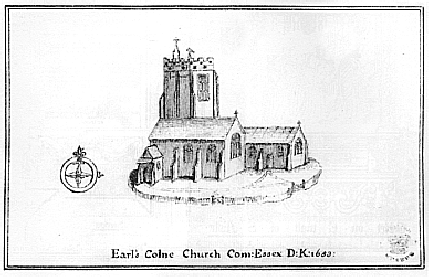
As the Patron of the parish church, Richard appointed Ralph as Vicar an was responsible for collecting the annual tithes which made up the Vicar’s salary.
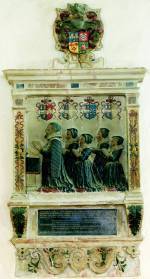
Richard Harlackenden’s grandfather, Roger, became Lord of the Manor in 1586 when he bought the land and houses which had belonged to Edward de Vere, the seventeenth Earls of Oxford.
This memorial may be found in St Andrew’s church in Earls Colne.
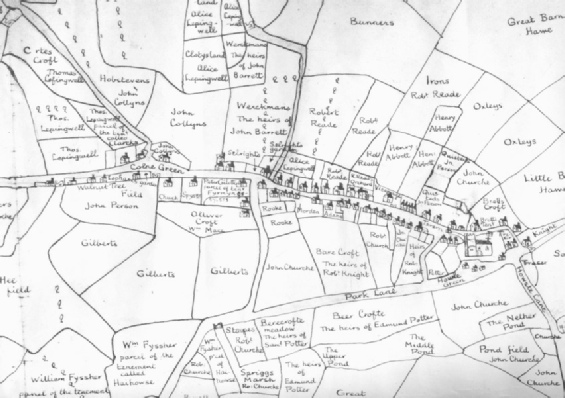
To complete the sale process, Israel Amyce was commissioned to draw up a map and survey of the village so that field boundaries and tenancies could be clearly identified.
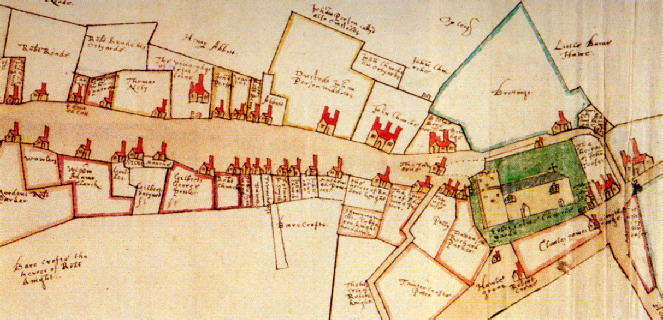
The sections of the survey showed the houses and fields in greater detail and became a valuable index to the research project which Alan Macfarlane’s team of historians carried out in the 1970s
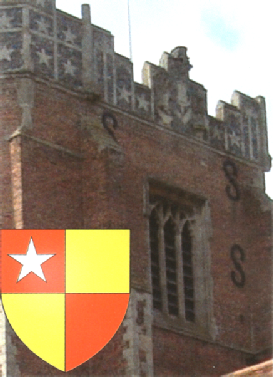
Although the church tower still displays the heraldic stars of that Earls of Oxford, it was the Harlackendens who retained the titile of Lord of the Manor and passed it down, through the female side of the family until 1935.
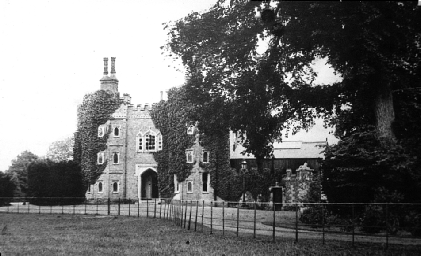
When Henry Carwardine inherited the title and estate from his mother in 1825, one of his first tasks was to build himself a new manor house close to the ruins of Colne Priory.
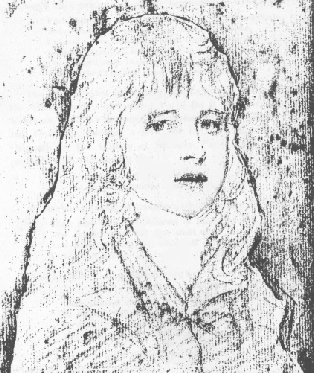
Henry Carwardine wrote poetry and had a wide circle of friends who were poets and artists. His godfather, George Romney, drew this sketch of Henry as a boy.
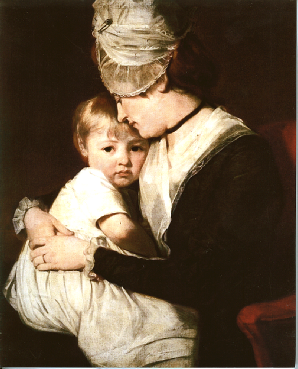
This portrait, also by Romney, shows Henry’s mother, Anne, with one of her sons. It was sold at auction in 2003 for over three hundred thousand pounds – sadly more than the Heritage Museum could afford!
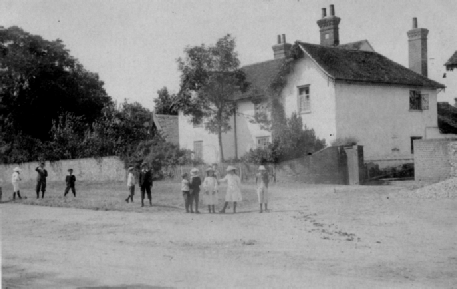
Henry took his responsibilities as Lord of the Manor very seriously. He re-establishment on land north of the High Street, choosing a house on the Green as a residence for the farm manager.

He also built a group of alms houses in Upper Holt Street to replace some ancient collapsed cottages previously administered by the Earls Colne Trustees for the Poor.
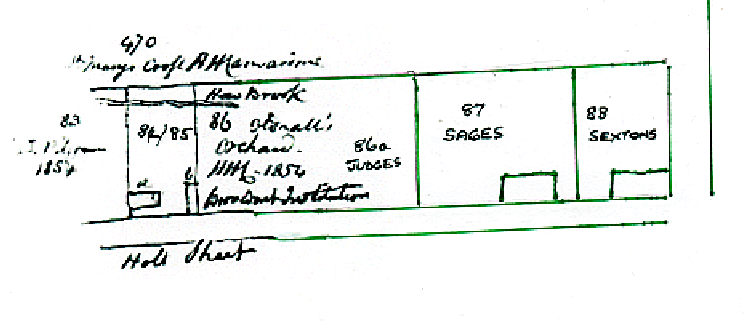
But historians are most grateful to Henry Carwardine for the survey of his manorial property which he carried out between 1854 and 1860, tracing the sequence of tenancies back to the similar project carried out by israel Amyce in 1598.
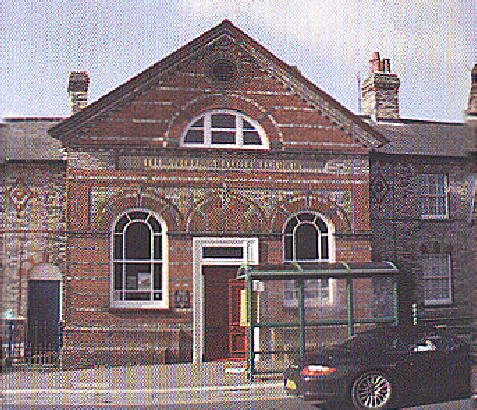
For example, he tells us that the Mechanics’ Institute, which is now the William Hunt Library with its adjoining terraces, was built by Mr Harris Hills in 1858 to replace a group of eight cottages and a carpenters’ yard.
Richard Harlackenden’s grandfather, Roger, became Lord of the Manor in 1586 when he bought the land and houses which had belonged to Edward de Vere, the seventeenth Earls of Oxford.
This memorial may be found in St Andrew’s church in Earls Colne.
THE SHOEMAKER’S STORY
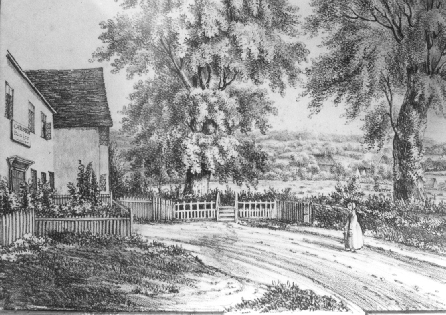
A recent vsistor to the Heritage Museum donated a small notebook containing some diary entries by a Shoemaker, Samuel Lee, beginning in 1843.
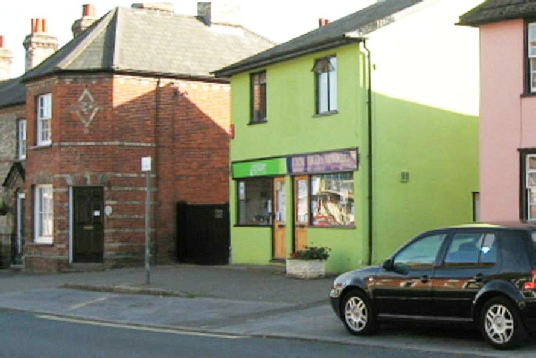
Samuel’s workshop was in the building now occupied by the Colne Valley Butchers and Graze Delicatessen.
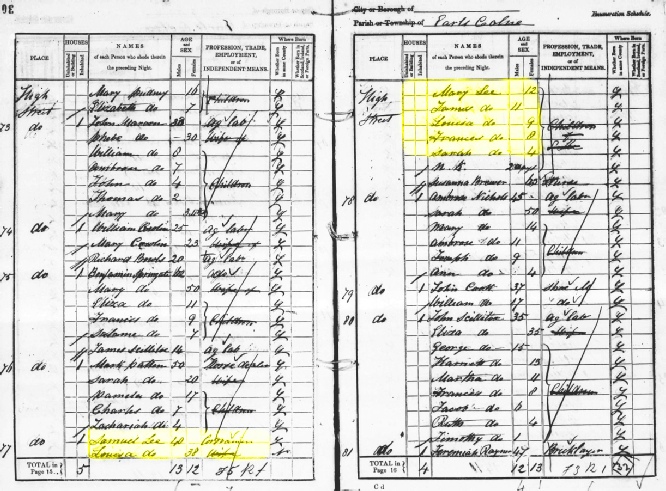
When the diary begins, Samuel’s eldest daughter, Mary, is working as a domestic servant in London. Her fourteen-year-old sister, Sarah, is about to take up a similar with a family in Hampshire.
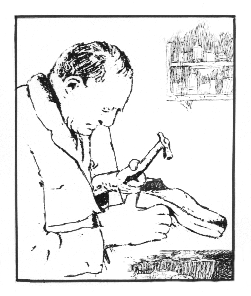
A third daughter, Frances, helps her father in his business, stitching and finishing the shoes which he makes. The elder son, James, is serving an apprenticeship with a butcher in Colchester and his nine-year-old brother, Bernard, is still at school.
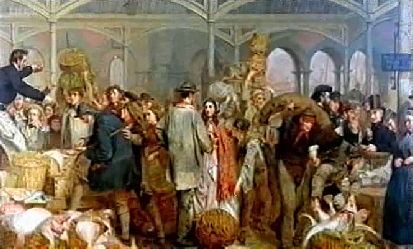
As well as serving local customers, Samuel sold batches of boots and shoes to a London wholeasaler.
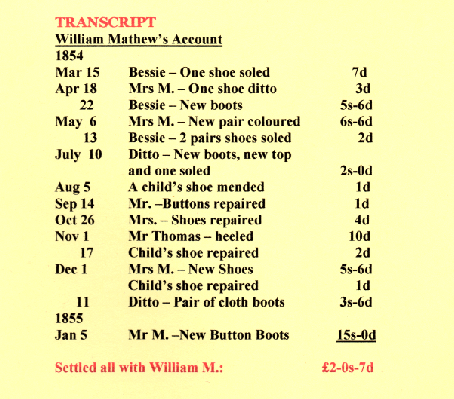
But he was often in financial difficulties because he allowed customers like William Matthews, a local farmer, to build up credit for several months.
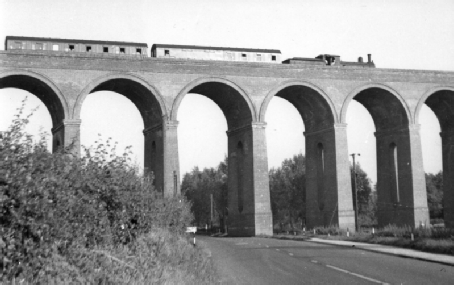
As the Colne Valley Railway had not yet reached Earls Colne, a visit to his married daughter, Louisa, meant a walk to Sudbury, a ride back on the train as far as Chappel and then another long walk to reach home.
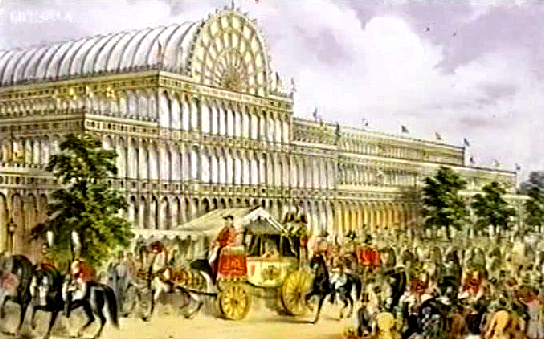
In October 1851 Samuel took his son, Bernard. To the Crystal Place Exhibition and tells us that, on that one day, over 100,000 people went through theturnstiles.
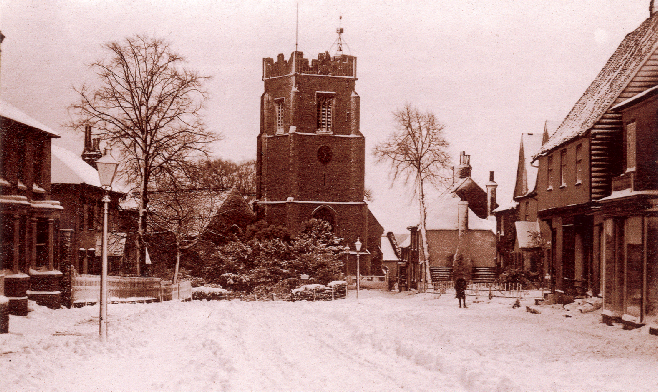
He also records an unusual event in the village.
April 25th 1853. A great fall of snow began at four in the morning and continued until One without intermission. In the afternoon heavy fall of rain which caused a large flood. Two horses were drowned at Greenstead Green. The man very narrowly escaped.

The Diary entries in the notebook come to an end in 1859, but some loose papers tucked in the back continues the family’s story over the next three generations.
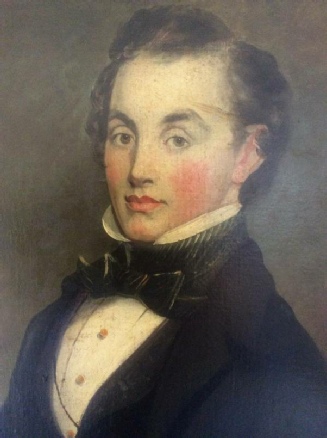
Samuel’s son,James, became a successful shopkeeper in Leighton Buzzard and this portrait of him is still owned by his descendants.
THE STORY OF THE BUILDINGS
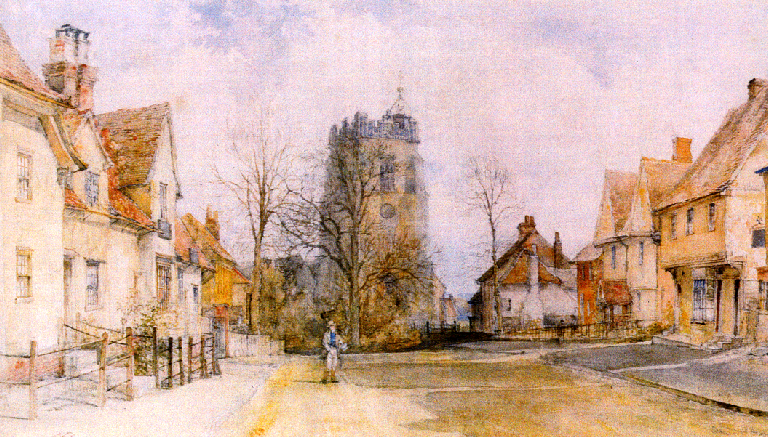
Before the results of the Cambridge research project were published, the Earls Colne Branch of the Workers’ Educational Association carried out a survey of the surviving medieval houses in the village.
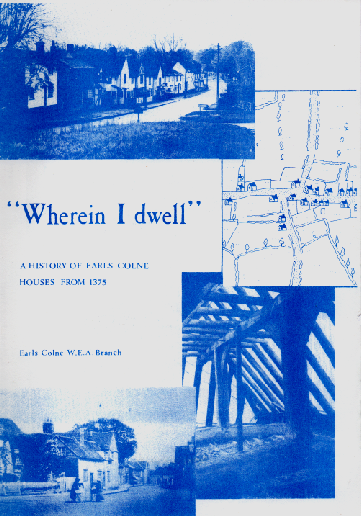
As the final touches were added to the resulting publication called ‘Wherein I Dwell’, Alan Macfarlane and his assistant Sarah Harrison met members of the local group for a two-way exchange of information.
Copies of the publication are on sale at the Earls Colne Heritage Museum.

Dr Macfarlane found it interesting to link his knowledge of the documentary records with the actual houses which have survived – in some cases for over six hundred years.
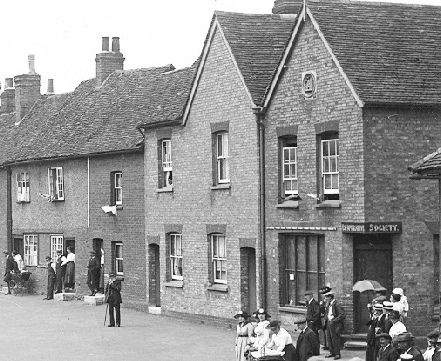
For example, The Co-op building is actually made up of three sections. It began in 1887 as a purpose-built corner shop which sold groceries.
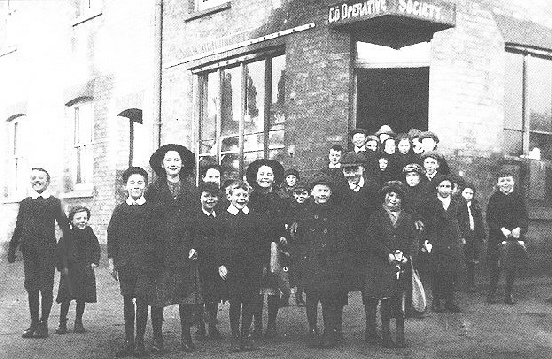
In this picture the children are waiting for bread to be delivered from the bakery on the other side of the street.
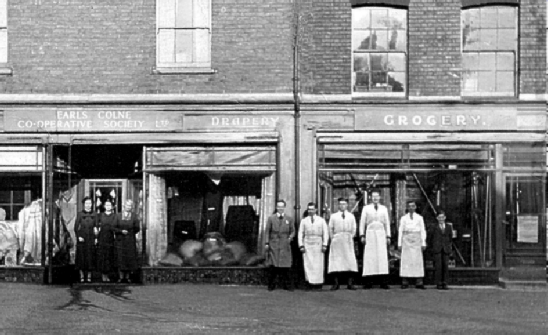
In 1931 it expanded into a timber-framed building next door to provide a Drapery Department.
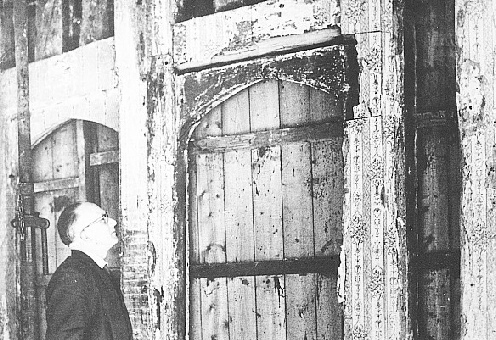
During the conversion jack Ardley, the manage, was able to examine a large medieval door which was uncovered in the original outside wall.
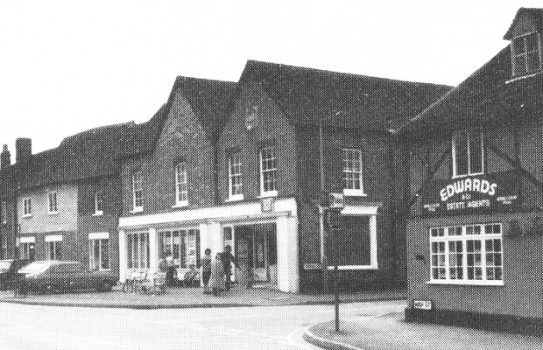
In 1983, a further expansion took place.
What appeared to be three small cottages on the west side were added.
Once the facade was stripped away, the ‘cottages’ were found to be a fourteenth century house.
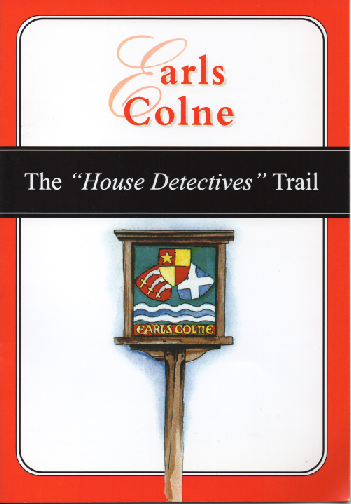
The Parish Council has published a ‘House Detectives Trail’, which may he;p people to identify other early houses in the village – even those disguised by later brick or plaster facades. Copies of the publication are on sale at the Earls Colne Heritage Museum.
